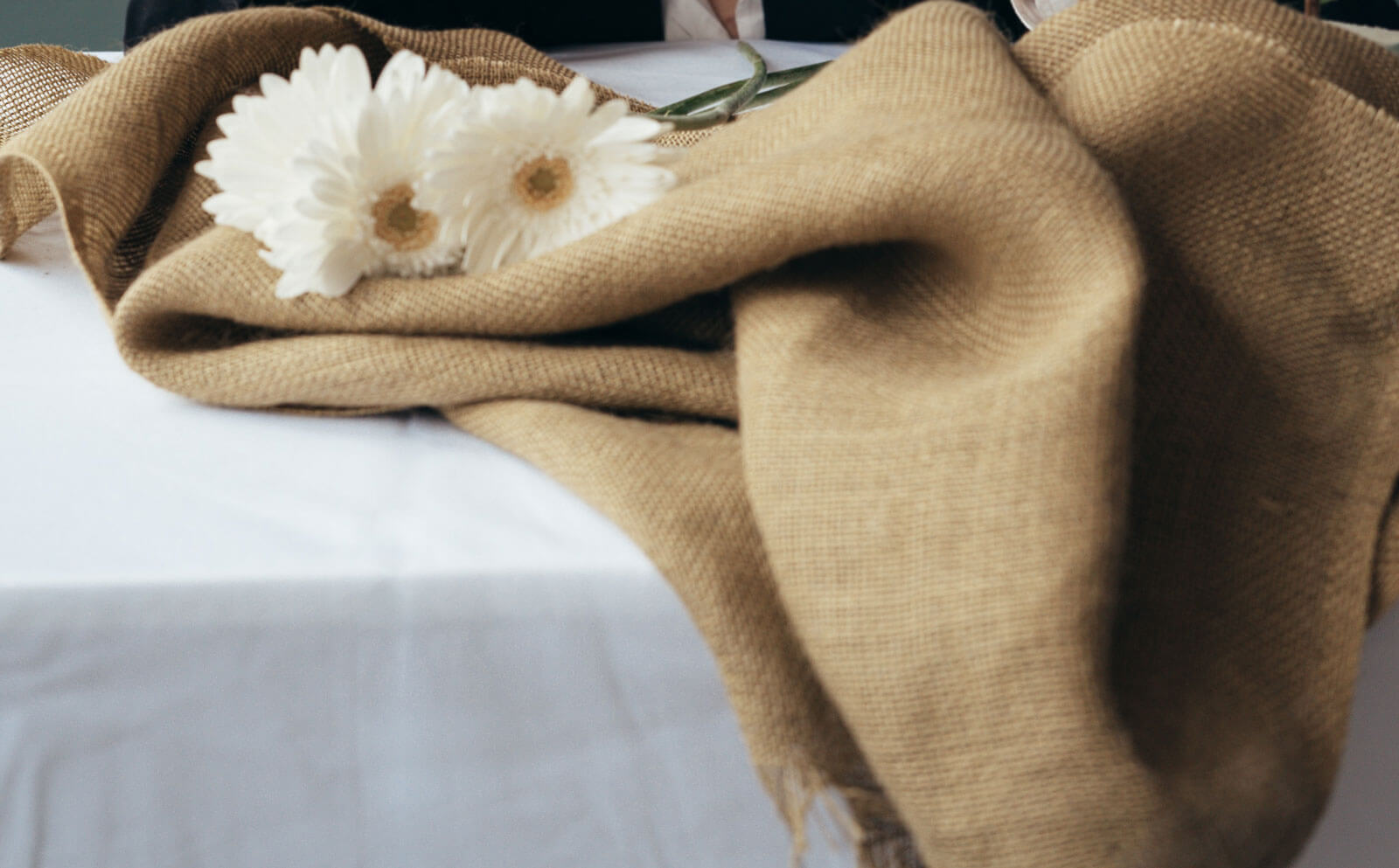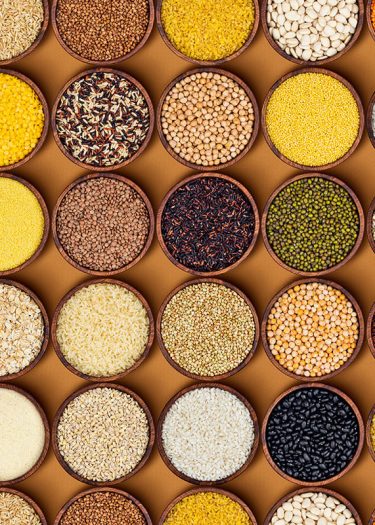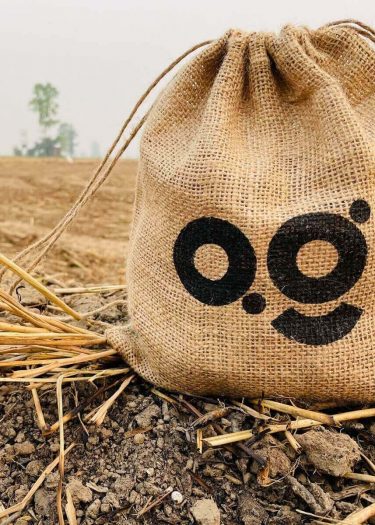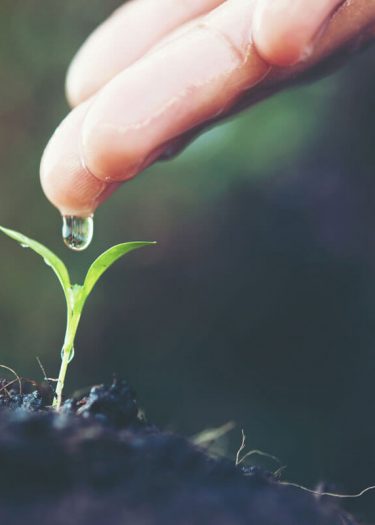There are various types of fabrics that you might not be familiar with. One of them is jute. Jute is often recognized as one of the most environmentally friendly natural fabrics on the planet. It is also considered as the greatest natural fabric.
You might be wondering What exactly Jute Fiber is and how it is made. This blog will cover all the necessary information related to Jute Fabric. You will know the reason why Jute Fabrics or Jute clothes are considered better than any of the other Fabrics, and how it is beneficial for the environment. Let’s get started!
Introduction to Jute Fabric
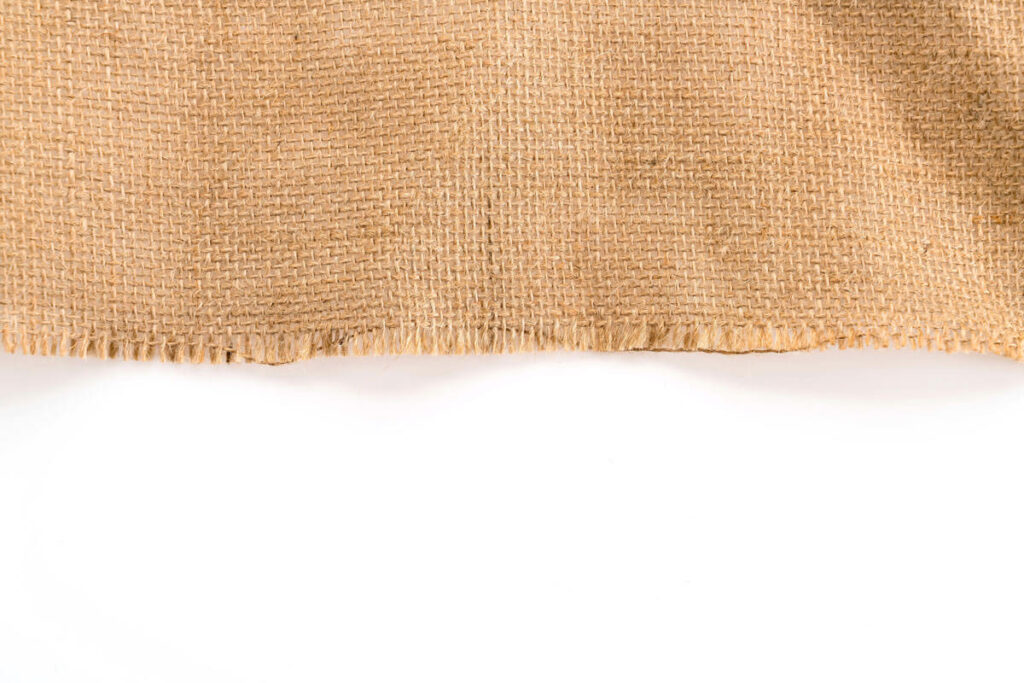
Jute fabric is a textile material derived from the jute plant. While there are other botanical variants of jute, Corchorus olitorius, also called White Jute, is one of the most common species used to create jute cloth. However, although being more difficult to produce, another variety of jute known as Corchorus capsularis (Tossa jute) is regarded preferable.
Jute fabric is essentially a strong, resilient, and rough fabric that is widely found in items such as carpets, window treatments, rugs, and even furniture coverings. Similarly, “hessian cloth” also known as Bularb Fabric, is a lighter kind of Jute fabric, which is mostly used to construct bags and sacks.
Jute is a very textured natural material. If you’ve ever seen a jute rope, jute furniture, or jute carpets, you’ll know what to anticipate.
How Jute Fabric is Made?

Given below are the stepwise instructions to make the Jute Fabric or hessian fabric.
- Jute is derived from the bark of the white jute plant also known as Tossa jute plant. It is a natural fiber with a golden and silky sheen, therefore called “Golden Fiber.”
- For pre-retting, a little stalk is taken. The jute stalks are wrapped into bundles and soaked in flowing water after harvesting. For around 20 days, the stalk is buried in water.
- Jute Fiber Extraction (Stripping) is the process of extracting the fibers from the stalk after the retting process has been completed. Fibers are extracted from the stalk by either removing the fiber from a single plant or breaking the stalk in a to and fro motion in water.
- Clean water is used to wash the extracted fibers. Fibers’ dark color can be erased by soaking them in tamarind water for 15 to 20 minutes and then washing them in clean water. After wringing off excess water, the fibers are hung on a bamboo railing for 2-3 days to dry in the sun.
- Dried jute fiber is transported to jute mills where it is processed into straight long jute threads. The wrapped Fiber yarn is then delivered to a weaving plant, where it is transformed into jute fabric rolls. The lamination facility waterproofs the jute material by laminating it.
The Reason Why Jute Fabric is Better Than Other Fabrics
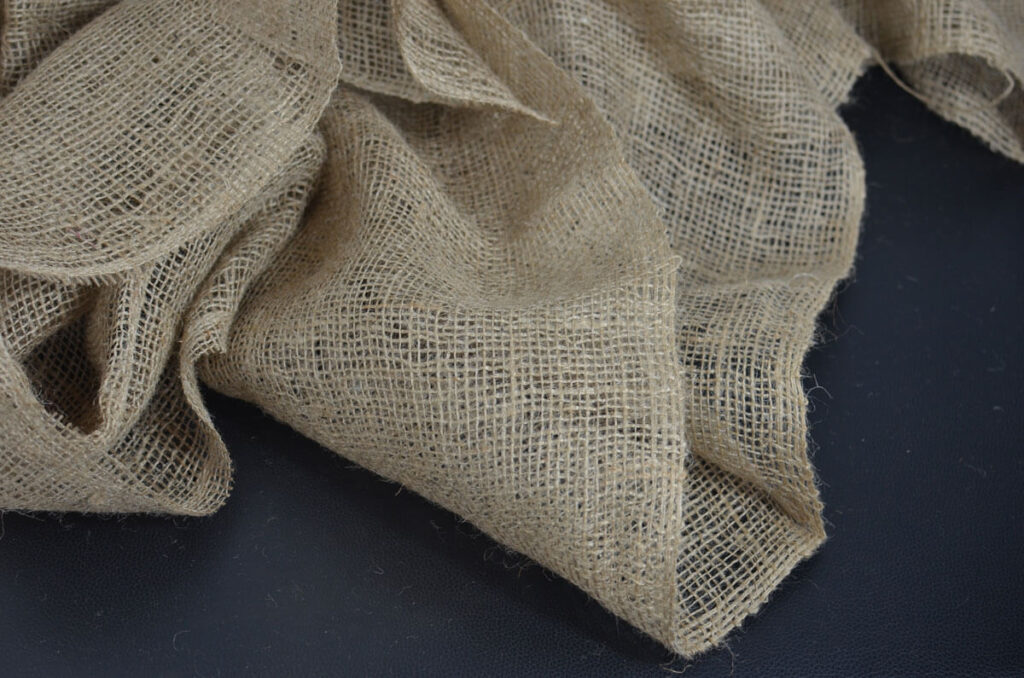
Know why Jute Fabric is better than non-eco-friendly fabrics such as Cotton, Nylon, etc.
- Both Jute and Cotton are natural Fibers and biodegradable. But Jute is non-toxic compared to cotton.
- Jute products such as bags are Strong and cheap compared to Cotton bags which are soft and expensive.
- Compared to the synthetic fibers, Jute is environment friendly as they are plastic-based fibers which are harmful to the environment.
- Nylon trash ends up in landfills and the oceans, polluting the air, water, and food chain, endangering human health, animals, and the environment. Jute, on the other hand, is a biodegradable substance.
- Jute is a better choice when it comes to making technical textiles compared to other fibers.
- Jute Fabric has UV protection whereas Cotton Fabric does not.
- Jute Fabric is heat resistant in comparison to the Cotton Fabric, which is not.
How Jute Fabric is Better for Environment?
Jute is biodegradable, as are other natural textile fibers. As a result, it does not build in the environment and does not emit microfibers, which continue to pollute streams and other aquatic environments.
All jute disposal techniques, including burning, have a minor environmental impact. While synthetic fibers emit hazardous chemicals into the air when burned or linger in the environment for years when abandoned in landfills, jute, and other natural fibers swiftly reabsorb into surrounding ecosystems regardless of how they are disposed of.
Conclusion
Hope this blog was a great help when it comes to knowing detailed information about the Jute Fabric, how it is made, and its benefits. Jute cloth is quite popular right now for a variety of reasons. It is not only ecologically beneficial, but it is also an indigenous Indian cloth with numerous cultural significance. As a result, jute is one of the most eco-friendly items that benefit the environment and may be a valuable tool in the fight against plastic usage.
